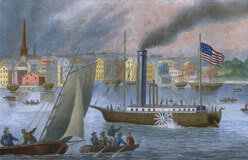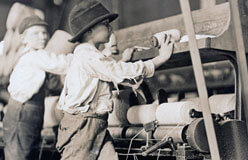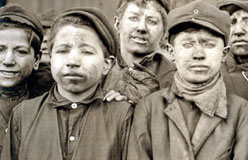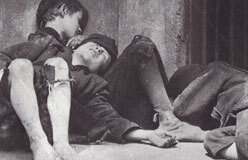Unplug the TV and refrigerator.
Everything electric has to go. Dump all the packaged food and start growing your own. Toss the store-bought soaps and shampoos. Chop some wood for the fireplace so you can cook and stay warm. Forget about school from now on, because you’ll be working from sunrise to sunset.
Do all that and you’ll see how most people lived before the Industrial Revolution. This period, which stretched from roughly 1760 to 1860, got its name from a series of gradual—but radical—changes in machinery and ideas. Those changes unleashed the world’s productive power, allowing people to create more clothes, more gadgets, more everything.
The biggest change caused by the Industrial Revolution came in the pace of change itself. A slow-moving, low-tech world vanished. It was replaced by a world where people craved new things, expected miracle drugs, and planned to do better than their parents. In other words, the Industrial Revolution created modern life.








